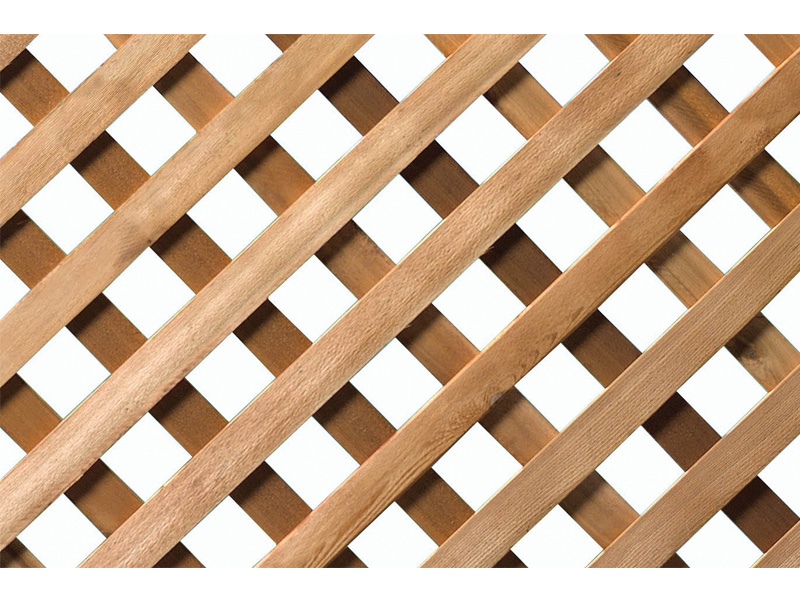
I had been thinking to build frames for 8' panels and then affix those to 4x4 posts. There are plenty of images of these fences but few tutorials, which is why I was excited to find yours suggestions. Thanks for the reply-& spot on! I saw lots of these fences around PDX but they're not common-actually they're not even known-where I am now (Wisconsin) so just trying to figure out some of design and material pitfalls before I dive in. Air gun for fastening lattice caps to posts/rails - nailing these by hand is a pain.It is important to start each panel in exactly the same place on a sheet so that the horizontal wires all line up!
#4 x 8 cedar lattice panel how to
See picture in this step to see how to maximize the number of panels to be cut from a sheet. These are called everything from hog panels, to sheep panels, to utility panels - the important thing is to get 4" squares to meet code. I purchase panels that are 4' x 16' with 4" squares. This can be tricky to find, try a farm supply store. If you can't find pre-made lattice caps, try buying 1x3 cedar and routing a channel down the middle Rule of thumb is 5 x 8' lattice caps will make 3 x complete fence panels (3 caps for the horizontal frames, 2 caps for vertical frame pieces).
#4 x 8 cedar lattice panel code
I won't go into construction techniques to meet building code, especially for things like fastening the railing posts to the joists (hint - use Simpson Strong Tie DTT2Z Deck Post Connectors) - this design does conform to general code requirements:Īs with any deck project, expect that your deck is not level, and make provisions when you construct the rail.

The wider top rail allows you to hide LED light strips - see photo at the end for effect!.The design can be built without an specialized tools like a router or dado blade to frame the mesh, and doesn't require you to drill a million holes to hold the mesh.



 0 kommentar(er)
0 kommentar(er)
